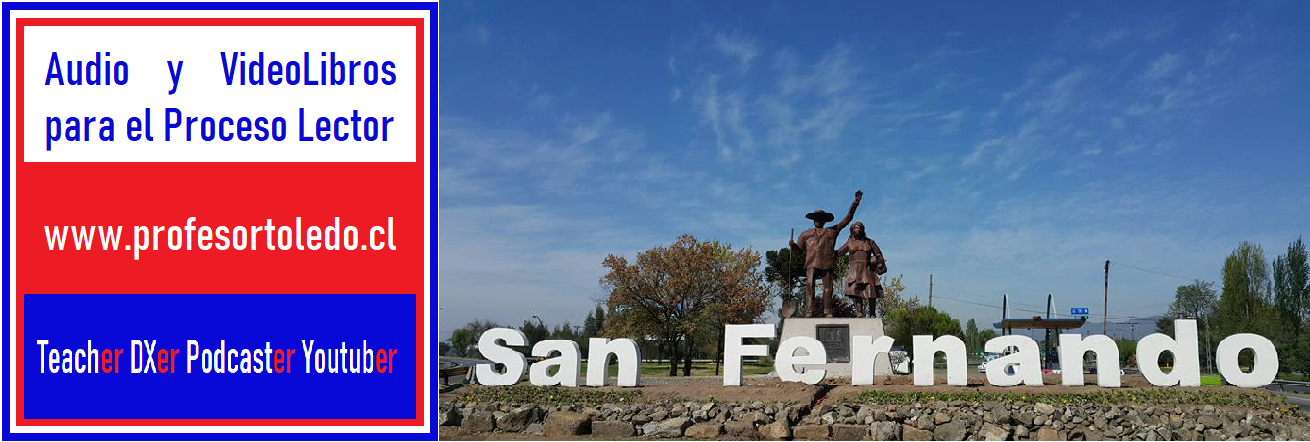Podcasting emerges as an ebusiness tool
ITworld.com, Ecommerce in Action 5/31/05James Lewin, ITworld.com
Podcasting has emerged as one of the major new Internet technologies for 2005, yet it’s still not on the radar at most ebusinesses. This may be because much of the coverage of podcasting has focused on the idea that podcasters are a bunch of wannabe radio dj’s, recording wacky shows in their pajamas.
There’s an element of truth in that idea, but it can easily distract one from the growing business use of podcasts. Commercial web sites are already using podcasting in dozens of ways, ranging from sponsored podcasts, podcast «edutainment», corporate communications and as a promotional tool.
What is Podcasting?
Podcasting is the use of RSS news feeds to distribute information about MP3 audio files. News feeds make it easy for listeners to discover new programming and automatically download it to a computer or portable media player.
A podcast is a collection of audio files in MP3 format, represented by an RSS 2.0 news feed, that together make up a channel or show. There are already thousands of podcasts, including personal audio blogs, public radio shows, advertainment podcasts, music programming, audio tour guides, audio books and a range of educational content.
5 Reasons Podcasting Matters to Ebusinesses
1) Podcasts lower the threshold for publishing audio content.
Anybody with a computer, a mic and an Internet connection can now publish an audio show, creating competition for traditional radio. This also puts audio content publishing within the reach of any company. This is likely to result in an explosion of web-based audio content. It will make it possible to publish audio programming that would have been previously been cost-prohibitive.
2) Podcasts encourage two-way communication with listeners.
Because podcasts are built on RSS 2.0, the lingua franca of the blog world, podcast content is easy to subscribe to and blog about. This encourages other publishers to add their meta-comments about a podcast.
Because podcast feeds are often built with blog-tools, they frequently support comments and track back, which encourage a two-way dialog about the content. This two-way conversation is important, because it creates 3rd party content about your podcast, and encourages links to your content.
3) Podcasts extend the reach of Internet sites.
Web sites have limited opportunities to interact with their users. Users access web content within a limited time window, so your content will typically only get a slice of that time.
Podcasts can be listened to at any time, while a user is connected to the Internet, or via a portable media player. This effectively extends the range of web sites into times and places where users would not otherwise be giving their attention to web-based content.
4) Podcasting can be used to increase the frequency of contact with customers.
One approach to understanding the value of customers to a business is recency-frequency-monetary (RFM) analysis. It looks at customer interactions in terms of how recently they’ve visited a site or made a purchase, how frequently they visit or purchase, and how much they spend. An increase of any of these parameters increases the long-term value of the customer relationship.
Podcasts are being used to improve the «stickiness» of web sites. An effective podcast encourages listeners to subscribe to the podcast news feed. This lets users automatically download the most recent shows, increasing the likelihood of regular contact with customers.
5) Podcasts make audio files easy to find on the Internet.
News feeds provide meta information about MP3 audio files, making it easier to find relevant audio content on the Web. Podcasts are often created using blogging tools, which makes podcast feeds easy to frequently update. Frequent updates tends to provide a boost in search engine rankings, giving podcast audio content an advantage over other audio content on the Internet.
Summary
Podcasts create a new channel for Web sites to communicate with customers. Because podcasts are audio-based, they open up opportunities for companies to deliver audio-specific content, including music, speeches and radio-style shows.
